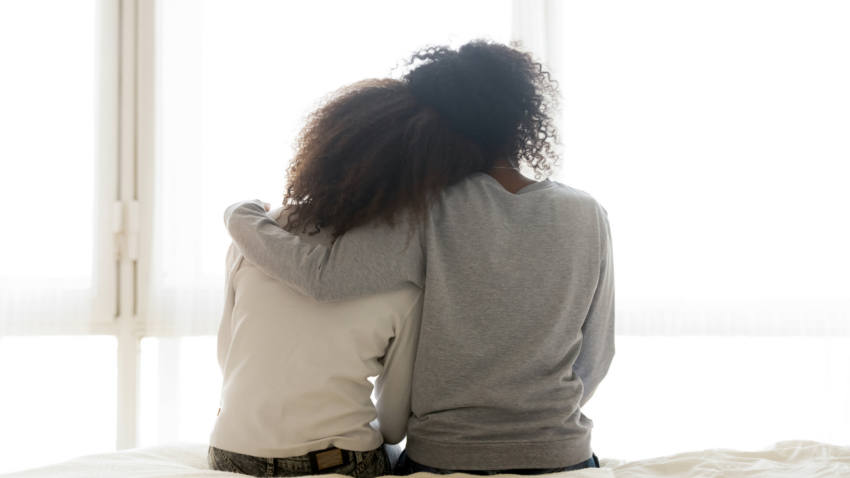Why I Talk with My Teen About Healthy Relationships and Dating Violence – Domestic Violence Services (DVS)


This story was submitted by Dana Hamp Gulick, domestic violence survivor and community advocate.
Growing up in the 1970’ and 1980’s, I didn’t know much of anything about domestic violence. In fact, I don’t think it crossed my mind until I watched with my mother the movie The Burning Bed, starring Farrah Fawcett, in 1984. I would have been 12 and I remember it was shocking to me. We didn’t really talk about what healthy relationships should look like, but I was fortunate to have parents who modeled love, partnership, and respect for one another. Although my mother did say I should watch how a man treats his mother, his sister and animals as an indicator of how he would treat me, we didn’t talk about relationships I would have as I got older, and I didn’t imagine they would be or could be any different than my parents’ – loving and stable. I was naïve.
My first relationships in high school and college were mostly healthy. In retrospect I can see some areas I should have dealt with or walked away from, but overall, I was happy and well treated and can confidently say I wasn’t being abused. I was lucky to date caring and kind young men.
But that all changed when I married in my early 30’s and entered a long-term relationship with someone who would control me and abuse me emotionally, psychologically, verbally, financially and physically. And it wasn’t until after I left that abusive marriage, entered a domestic violence shelter with my young daughter and started learning about domestic violence as a cycle of abuse, that I began to realize just how many red flags I had missed and see how narrowly I had dodged a bullet that would have eventually killed me. The best thing I ever did for myself and my child was to extricate us from that marriage.
Now I have a 17-year-old daughter who is dating and has already experienced her first year-long relationship. She knows about my relationship with her dad and how his behavior and treatment of me was unacceptable. She remembers me crying. She remembers the yelling. She remembers leaving, living in the shelter and the YWCA transitional housing, and being flown home to Pennsylvania from Hawaii through what is called a “flight to freedom,” a one-way flight provided by the state to get domestic violence victims safely away from their abusers. She knows all of this. But still, we talk about what healthy and unhealthy relationships look like because it’s so important she be able to recognize them in in her own life.
She was 8 when we left and since then I’ve been talking to her about how people should treat one another in romantic (and platonic for that matter) relationships. I point out what she is seeing in popular culture and hearing in the music she listens to, sometimes to her major annoyance, to make sure she can identify when something isn’t right, or kind, or respectful, or could be dangerous. We talk about Chris Brown and Rhianna every time a Chris Brown song comes on. And though she may roll her eyes, I know she understands the seriousness of the violence that happened between them years ago on the night of the Grammy Awards in 2009. We talk about sports stars, celebrities, and the regular folks among us who commit unspeakable acts of violence against their loved ones. I don’t miss an opportunity to point out abuse and abusers when I see a chance.
We talk about the different kinds of abuse that can occur in a relationship and how domestic violence is a vicious cycle that keeps victims trapped and blaming themselves. We talk about how domestic violence is way more than hitting and that it is rooted in the need to dominate and control someone else’s life. We talk about what constitutes verbal abuse, psychological abuse, emotional abuse, financial abuse and sexual abuse. We talk about how domestic violence can eventually become deadly. She understands that dating violence doesn’t discriminate and can be present in relationships between all types of people, regardless of sexual orientation or gender identity, and without care for race, geography, or socio-economic standing.
She understands red flags and can even identify them now when she sees them in books she reads, movies she watches and even the music she enjoys. She knows what manipulation looks like and can recognize gaslighting. She points it out to me when she sees it and calls it out to me when she thinks friends may be experiencing something wrong.
As a domestic violence survivor who received a lot of help and critical support from organizations dedicated to serving victims of DV, I also talk to her about the services that are out there to support someone who may be in a dangerous situation. She knows about the DV shelter in Lancaster and that there is a hotline that can be called for assistance. She knows there is a legal center that can help with the types of things we needed during our crisis – protective orders, court appearances and even divorce proceedings.
We all want our children to grow up to be healthy, happy people who will contribute to society in meaningful and fulfilling ways. They will spend so much more time being adults than they will being our little kids. They have decades of relationships ahead of them, years and years in which they will need to navigate sharing life with a significant other or others. It is so important that we prepare them adequately for these years. Part of that is making sure they understand and can identify what is healthy and unhealthy behavior in relationships of all kinds.
If you’re not having these conversations with your teens or you don’t know where to start, this is the month to learn more. Teen Dating Violence Awareness Month (TDVAM) is the ideal time to learn more yourself and to help your teens understand healthy and unhealthy dating.
If you need help talking to your teen about healthy and unhealthy romantic relationships of any ilk, you can learn more here: https://caplanc.org/tdvam/
If you’re interested in sharing your experience and story, CLICK HERE.
And if someone you know needs helps getting away from an abuser, they can contact Domestic Violence Services of Lancaster by calling the 24/7 hotline at 717-299-1249 or by texting SAFE to 61222.
—
About Domestic Violence Services of Lancaster County (DVS)
DVS is a catalyst to eliminate domestic violence in Lancaster County through direct service, advocacy, and social change. DVS offers 24/7 hotline and text line, emergency shelter, counseling, children’s programming, legal advocacy and representation, and transitional housing. All services are free of charge and strictly confidential. DVS hosts professional trainings and community education and prevention sessions for schools, businesses and community and faith-based organizations. For more information, visit caplanc.org/DVS.
About Community Action Partnership of Lancaster County (CAP)
The Community Action Partnership is Lancaster County’s largest anti-poverty organization, helping low income families move toward self-sufficiency. CAP’s service profile interrupts inter-generational poverty with programs that support families and individuals at every age and place in life, in the areas of education and child development, health and nutrition, household stability and safety and empowerment. For more information, visit www.caplanc.org.


